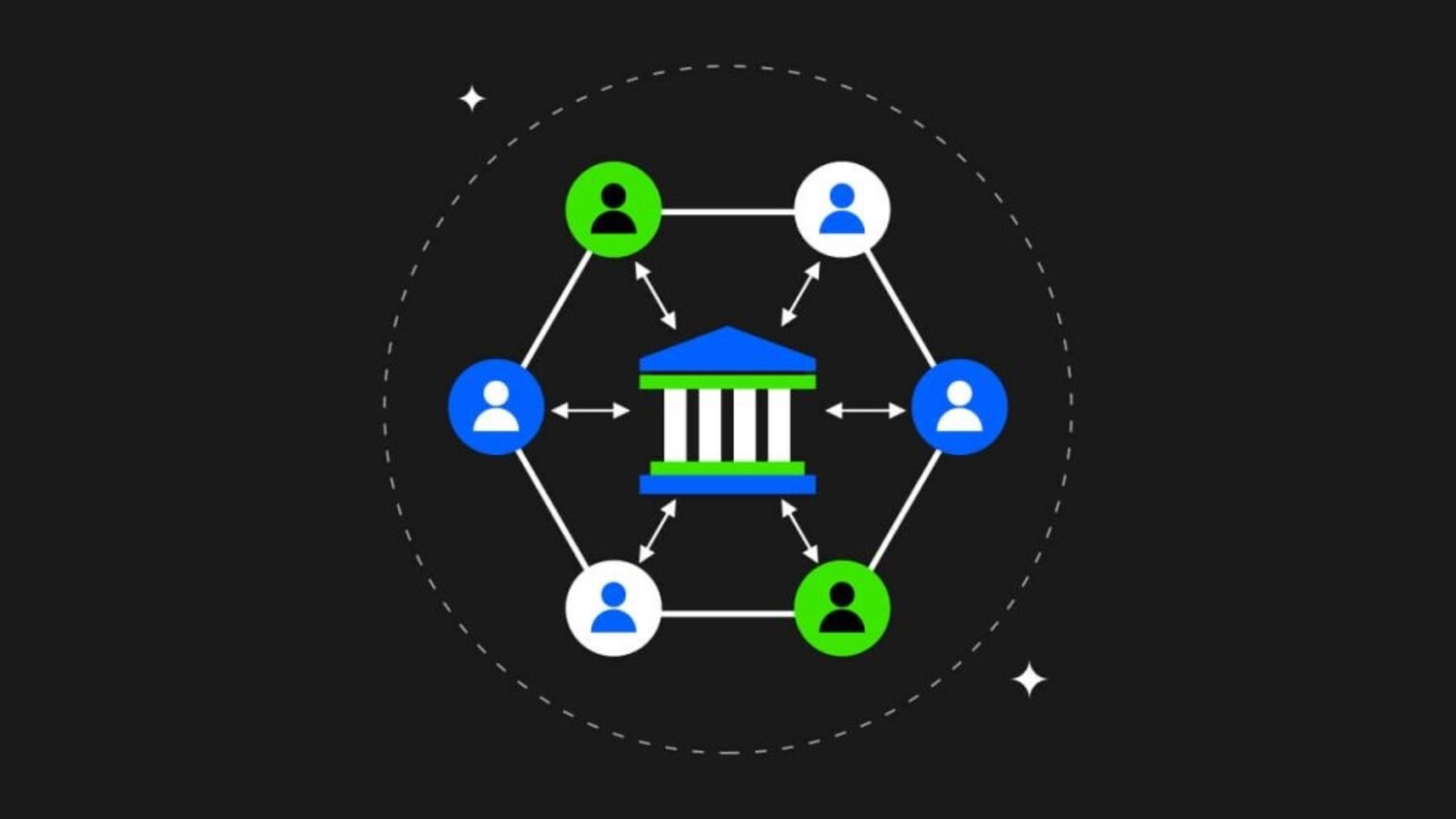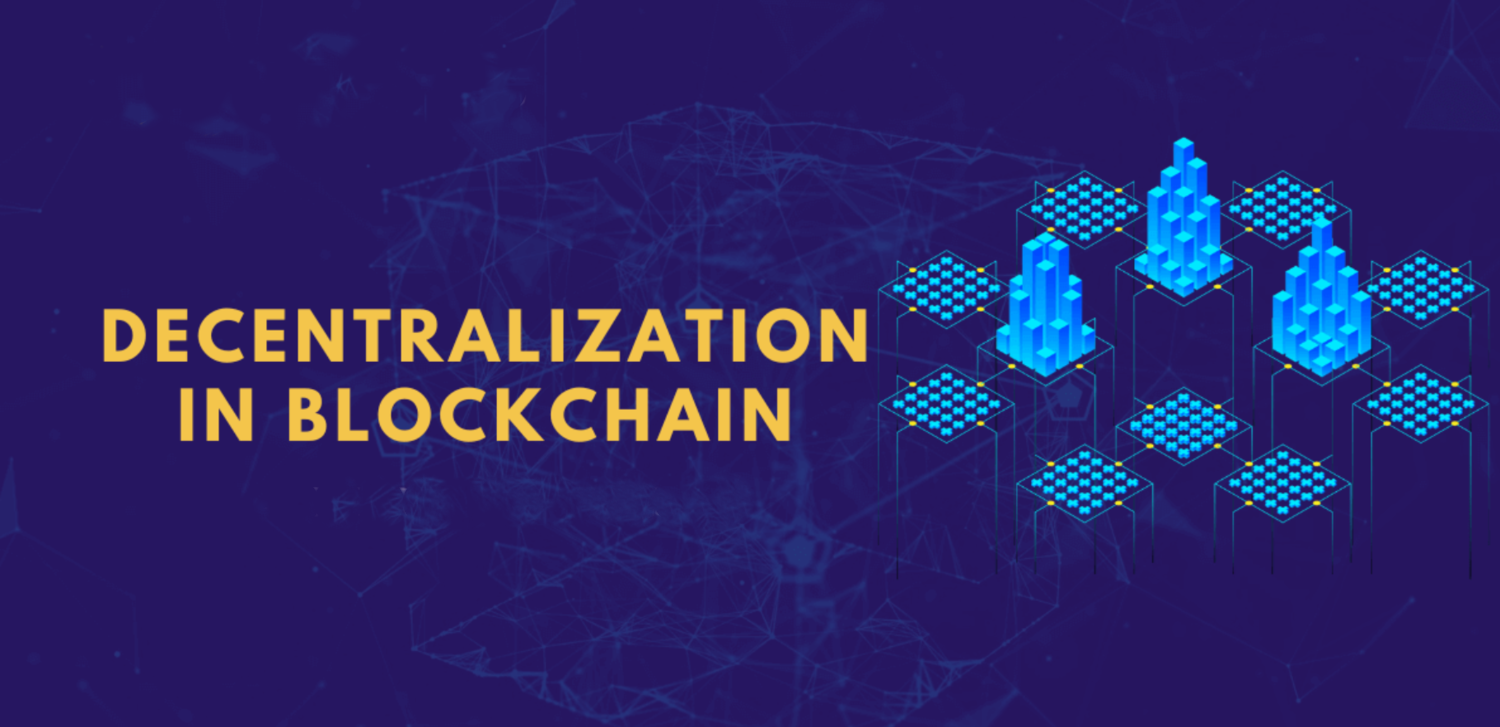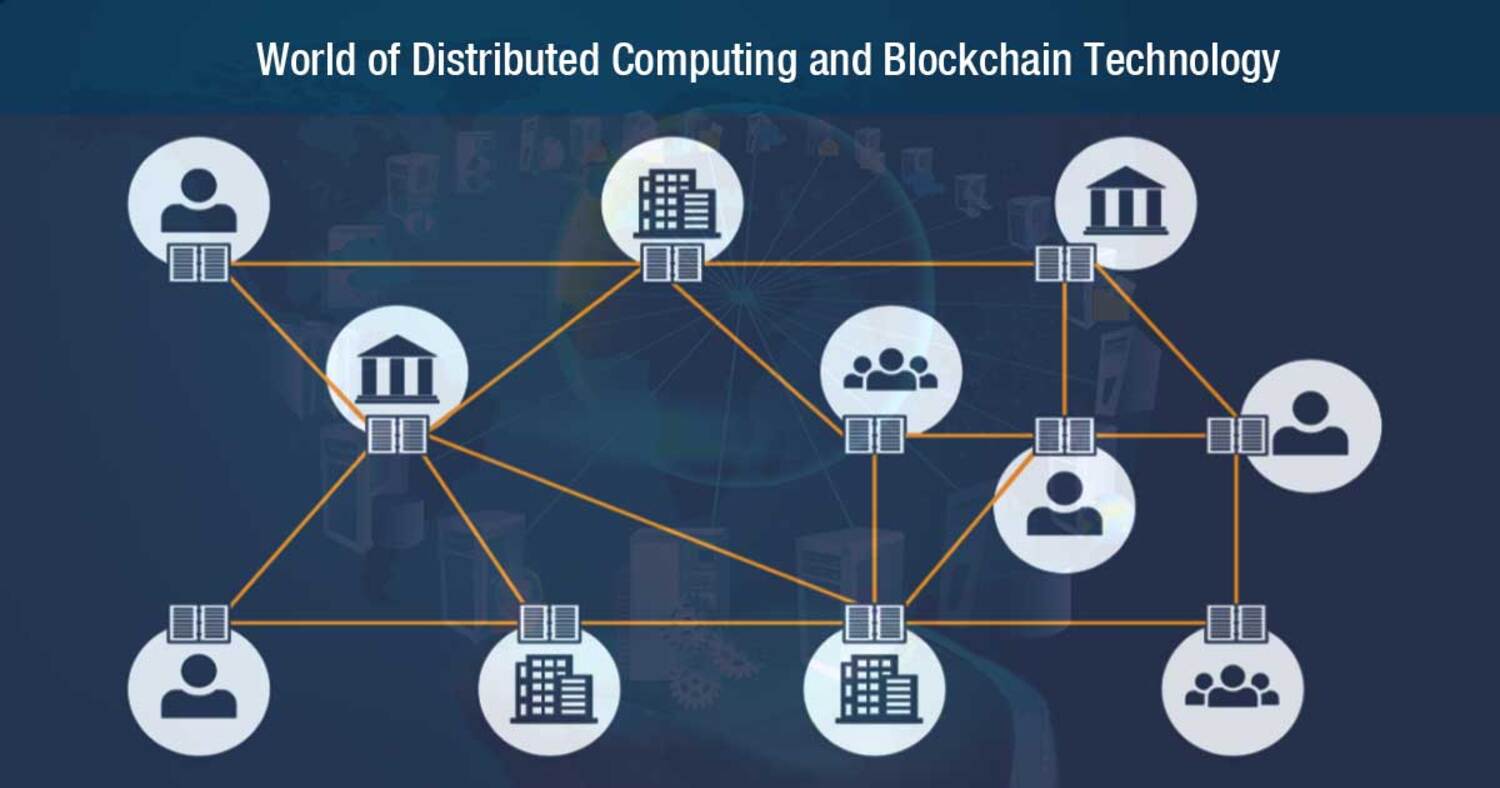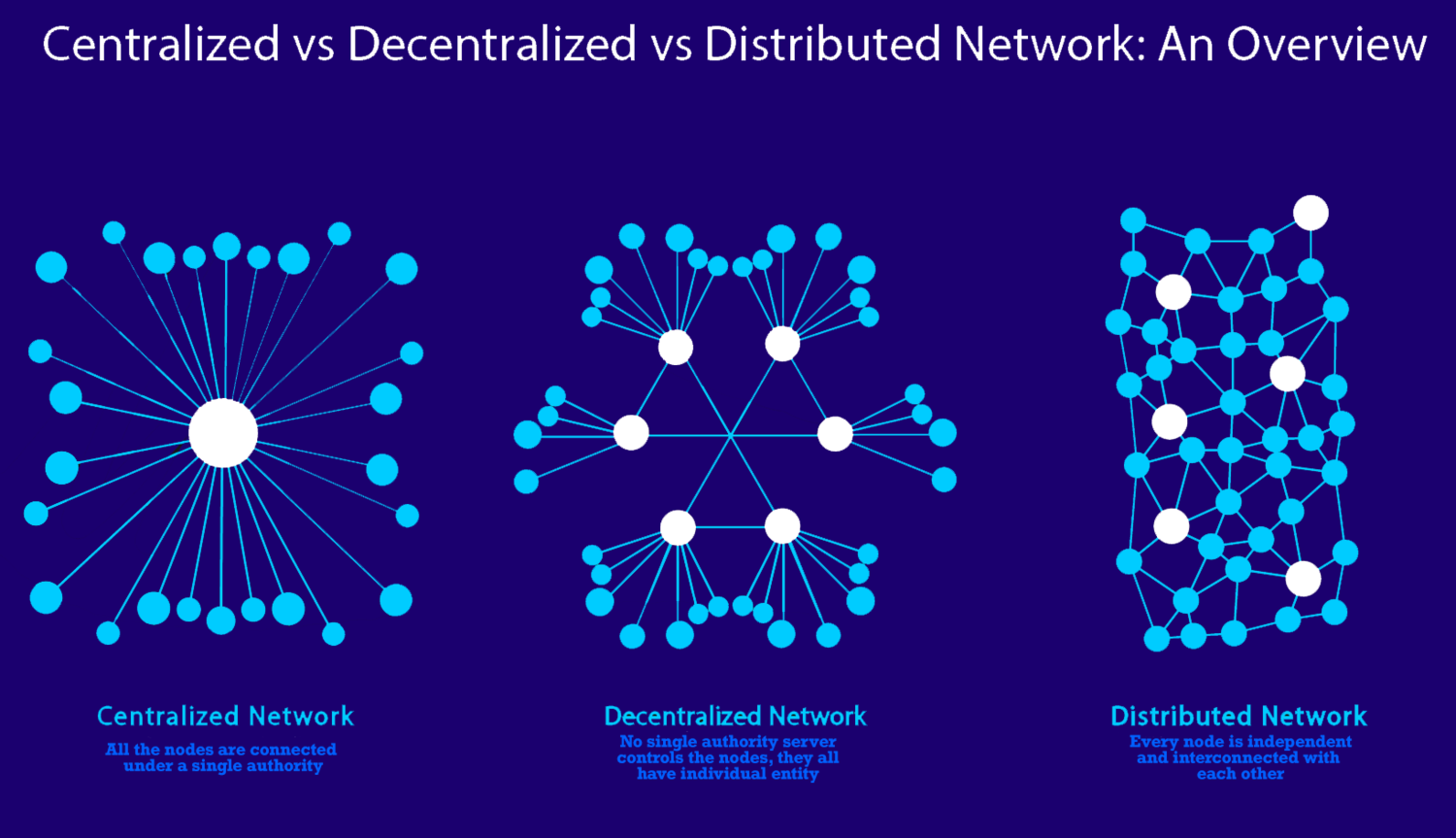Blockchain technology is like magic in this digital age. It permits us to do some amazing things with our digital data. For example, blockchain makes it very difficult for someone to cheat and makes the system safe. But there’s a catch: not every blockchain is built the same. Some are centralized, some are decentralized, and others are distributed. In this article, you will learn the difference between centralized, decentralized, and distributed blockchain.
Blockchain technology can be used or executed in so many ways. The choice between centralized, decentralized, or distributed blockchain depends on the specific requirements. Also, each blockchain operates differently depending on the use case. Below is a straightforward comparison between them to simplify it.
See also: 10 Best USB Encryption Software for PC | Free Download
Centralized Blockchain: One Ruler to Rule Them All
Like a king’s complete authority and control over his kingdom, in a centralized blockchain, the power and authority are in the hands of a single entity or a group of entities, ensuring the safety of your money and that all the transactions are legitimate.

How it works
- One ample authority controls everything, whether a bank or any other company.
- The authority has the responsibility to check the legitimacy of the transactions.
- Additionally, if there is any kind of issue or problem, they have all the necessary powers to fix it.
Pros
- Because only one head is there to make decisions, it becomes swift and efficient.
- Problems are solved very quickly because they have all the control.
Cons
- Whether you can use it or not is decided by them.
- You have to trust that one authority.
Decentralized Blockchain: Power to the People
Imagine two groups of children playing a game. If a group wants to win, they have to work together. No single entity is in charge; everyone has equal rights. This is what a decentralized blockchain is. It does not have a governing body.

The main difference between centralized and decentralized blockchains is that centralized blockchains have a ruler, and decentralized do not.
How it works
- In a decentralized blockchain, many people are involved.
- They all ensure the safety and legitimacy of transactions
- It’s like a democracy; no single entity has all the powers.
Pros
- Because many eyes are watching, decentralized blockchain is super safe.
- To make a change, everyone needs to agree.
Cons
- In a disagreement, it can be a bit tough to fix.
- Everyone has to agree on each transaction, which can be slow.
See also: 15 Best Virtual Wallet Apps
Distributed Blockchain: Teamwork Makes the Dream Work
Now, think of a big art project where lots of artists collaborate. Each artist contributes a piece. And together, they create something unique. A distributed blockchain is a bit like this.

The distributed blockchain can have centralized or decentralized components depending on how it is made. Bitcoin is an excellent example of it. Additionally, if you want to know how much Bitcoin is worth, you can use BTC to USD converters like kraken.com.
How it works
- In a distributed blockchain, many people take part.
- Each person has a specific role. And all the work is shared among each other.
- It is like teamwork where everyone plays their part.
Pros
- With many people working together, it becomes swift.
- If one person faces any issue, others are there to help.
Cons
- With the involvement of many people, it sometimes becomes complicated.
- There might be a possibility that some part is still controlled by one entity.
Choosing the Right Blockchain
Well, you might be thinking about which blockchain is the best. So, the answer is that it entirely depends on your needs.
If you want a secured blockchain but don’t want to give control to a single authority, a decentralized blockchain is the right choice for you.

If you need a fast and easy blockchain and are ready to trust a company, you can go with a centralized one.
And if you want a mix of both centralized and decentralized- distributed blockchain is the right choice.
But first, it is crucial to understand your aims and goals. While choosing the blockchain, you must choose between speed, security, and trust.
Examples in the Real World
Centralized Blockchain: Cryptocurrencies such as Binance, where a single authority has all the powers to control them.
Decentralized Blockchain: Cryptocurrencies like Bitcoin or Ethereum. No one has control over them. Instead, people worldwide work together to keep things running correctly.
Distributed Blockchain: Cryptocurrencies such as Ripple (XRP) show centralized and decentralized blockchain characteristics.
Read also: 8 Best Crypto Podcasts to Listen to in 2024
FAQs
What is a centralized blockchain?
It is a type of blockchain that has a single central governing body. All the powers are in the hands of this body. This main body ensures the safety and security of the system. Also, they have the responsibility to check each transaction. State the differences between a centralized and a decentralized system. A single entity controls the centralized blockchain, whereas a decentralized blockchain gives all the powers to the people involved. Centralized blockchain is fast and efficient. On the other hand, decentralized blockchain is super-secured.
How is a distributed network similar to a decentralized network?
A distributed network creates a master server for its multiple owners. However, distributed networks are made up of equal and interconnected nodes, which means the data ownership and computational resources are shared evenly across the entire network.
Why do organizations adopt a decentralized concept?
Unlike a centralized network, a decentralized network operates on a system of nodes, which is safer than the other networks and reduces the risks. Every node in its design has equal rights, which eliminates single-point control. In the world of blockchains, centralized, decentralized, and distributed blockchains have their place. The choice entirely depends on whether you want the efficiency of centralization, the security of decentralization, or the teamwork of distribution. By understanding the concepts of these blockchains, you can make the right choice to fulfill your desires.
Read also: Regression Testing and Usability Testing in UX-Centric Development.
He is a Tech Geek, Gadget Expert, SEO Expert, Web Designer, and a Blogger. Having a technology background gives him a unique perspective!

